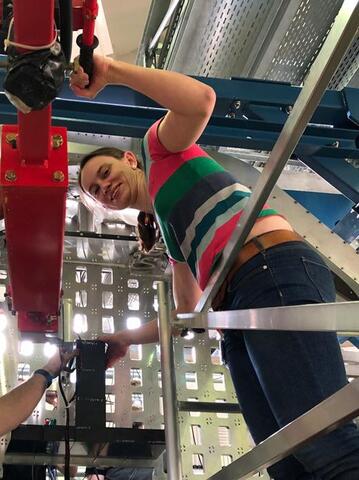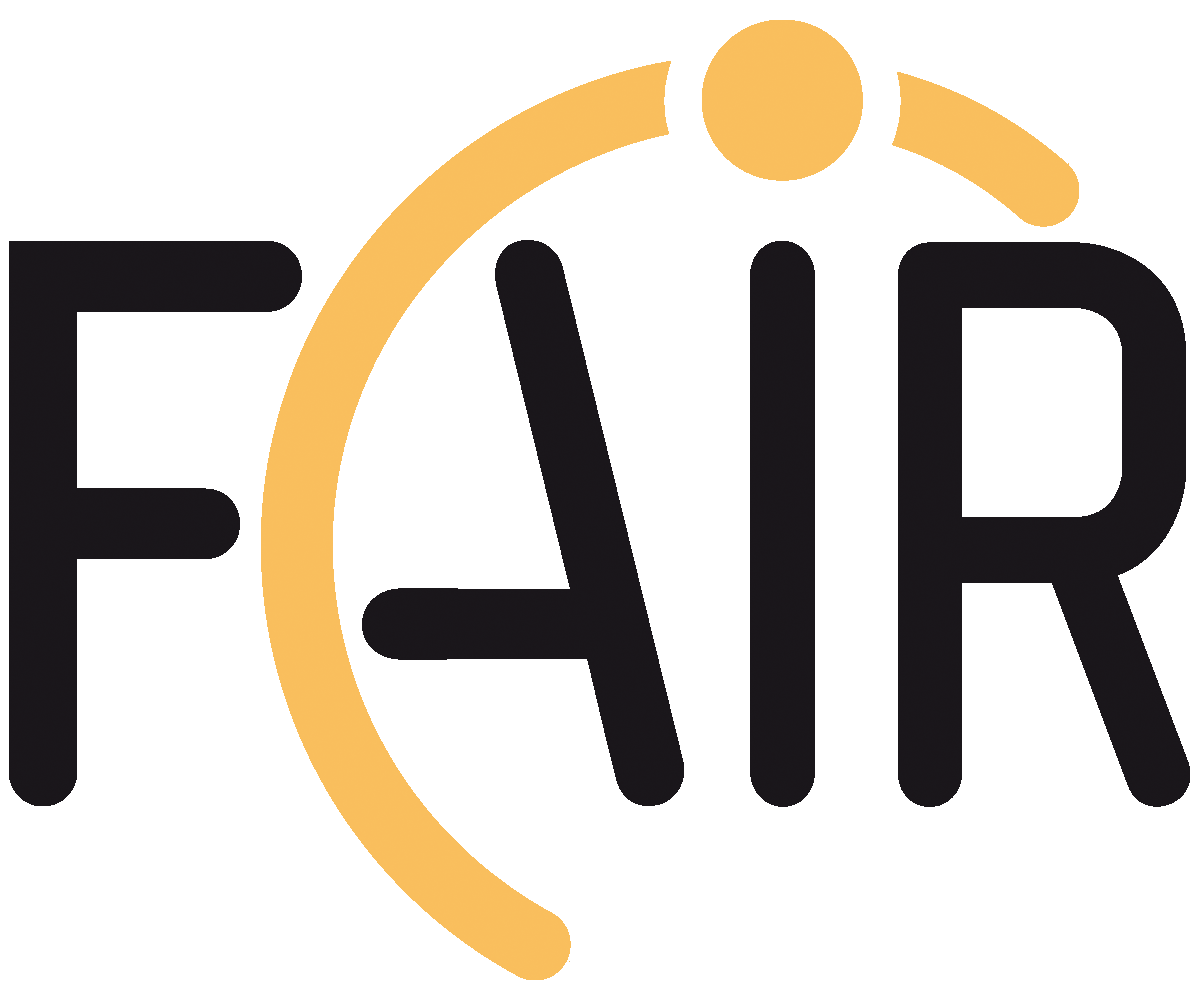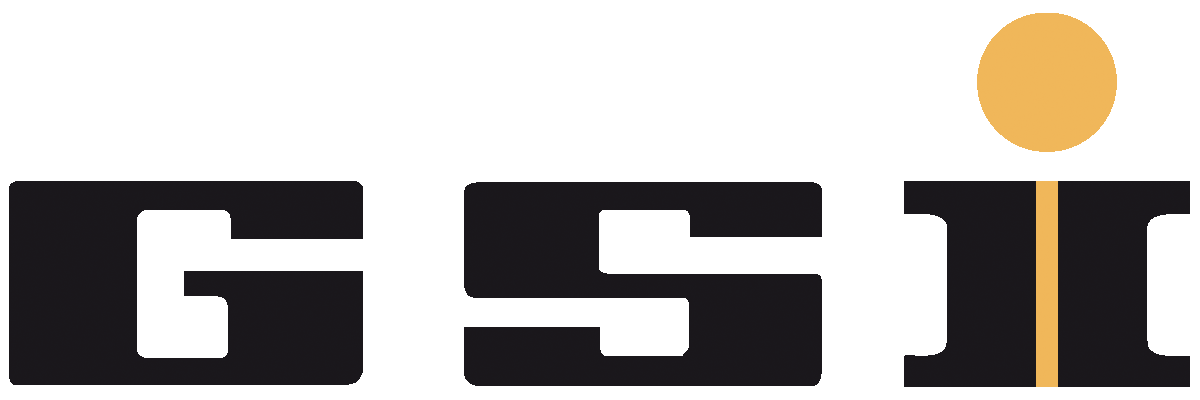Workshop „Physics Opportunities with Proton Beams at SIS100” was held in Wuppertal
PANDA meetings
04/03-08/03 2024 CM 24/1 in Münster
24/06-28/06 2024 CM 24/2 at GSI
25/06-26/06 2024 FEE/DAQ Workshop
04/11-06/11 2024 CM 24/3 at GSI
05/03-07/03 2025 WS at GSI
16/06-20/06 2025 CM 25 in Uppsala
Hadrons with c-s quark content: past, present and future
Elisabetta Prencipe
PA-PRO-2015-001.pdf
(335.38 KB)
The sector of Charm and Charmonium physics is richer than expected respect to the potential model predictions, as new resonant states with quite unusual properties have been observed. Prominent examples are the $X(3872)$ and the charged $Z_c^+(3900)$ in the Charmonium sector, and the $D_s$ mesons below the $DK$ threshold in the Charm sector. $Strangeness$ seems a topic still to be exploited, in both Charm and Charmonium field. For example, the number of publications in the past 5 years in searching for hybrids in the invariant mass distribution of $J/ \psi K K$, in B decays and via 2-photon interactions, gives an idea of the renewed interest in this field, from theoretical and experimental point of view. However, composite systems of heavy-light quarks have gained the attention of the Charm-community since the discovery of the Ds0*(2317)+, that was unexpected found more than 100 MeV below the potential model predictions. As consequence, several theoretical interpretations have been proposed for these resonant states like hadro-charmonia, hybrids, tetraquarks and hadronic molecules. High quality calculations as well as measurements are compulsory for each state to allow one to decide amongst the various scenarios. The measurement of the width of narrow states is essential to discriminate among different theoretical approaches. We present a method to determinate the width of the Ds*(2317)+ at the experiment PANDA, together with the status of our simulations and future perspectives, in relation with the recent measurements performed by LHCb and the performance obtained in this field at the B factories.





